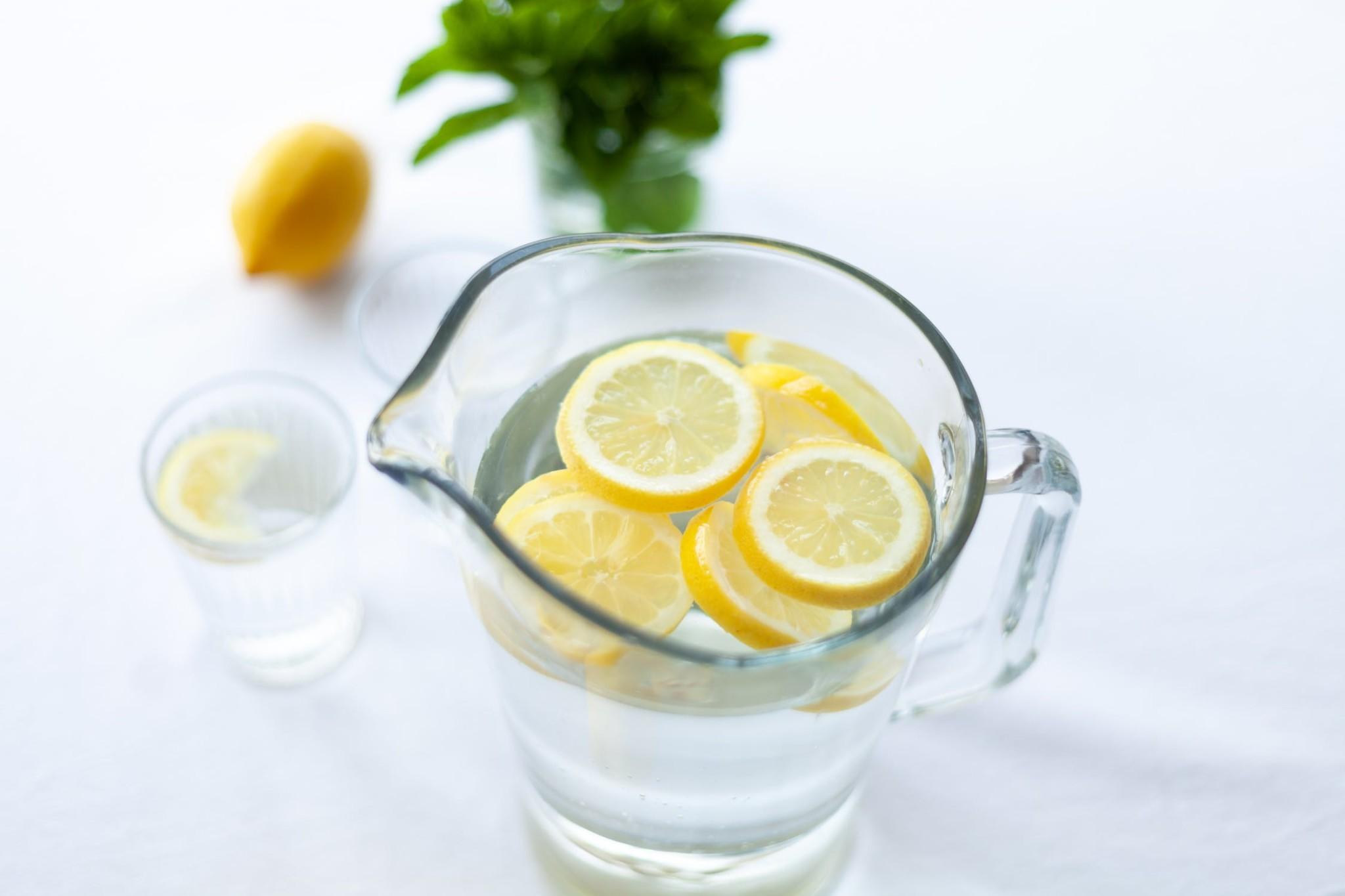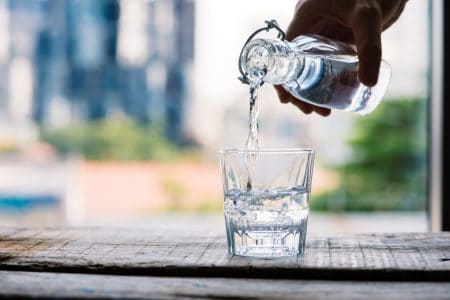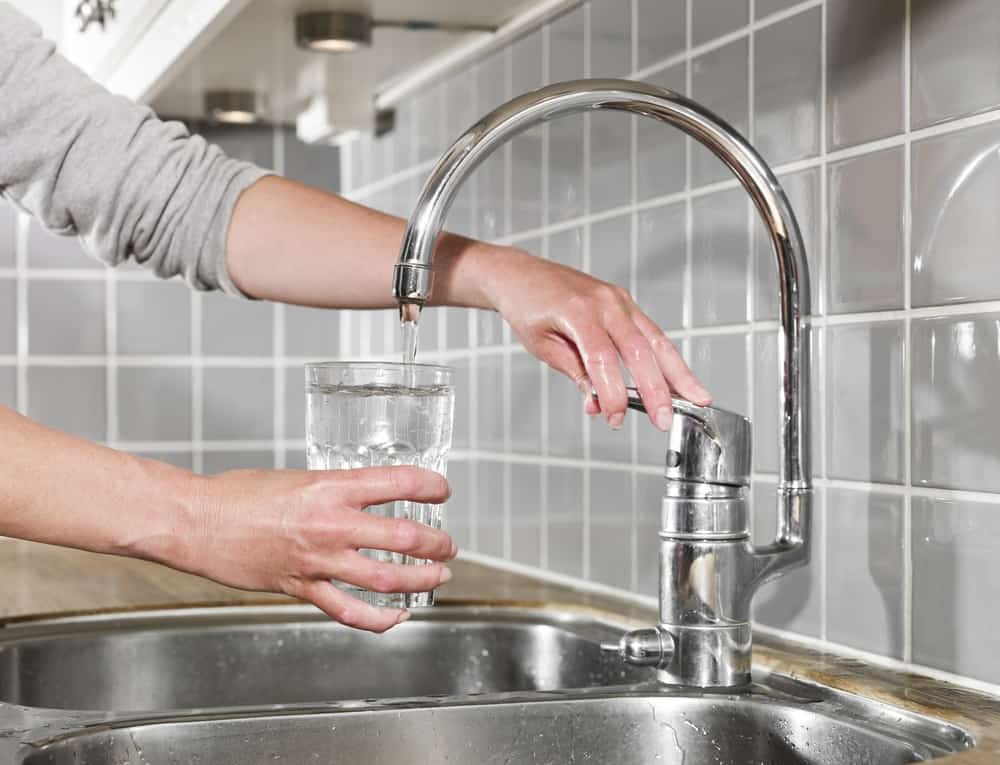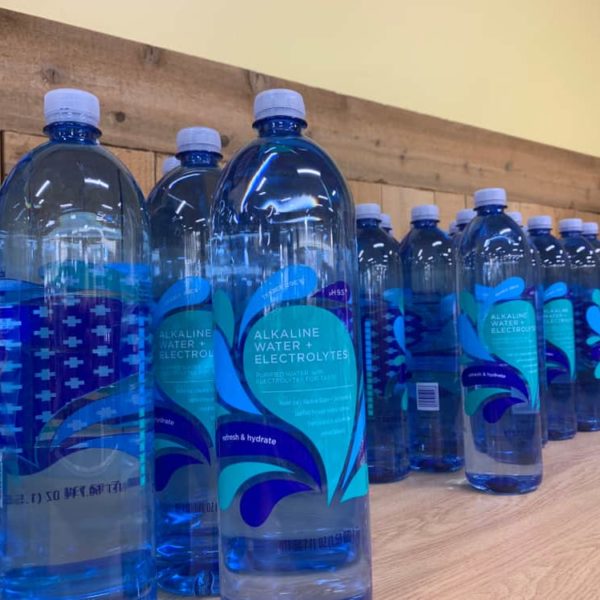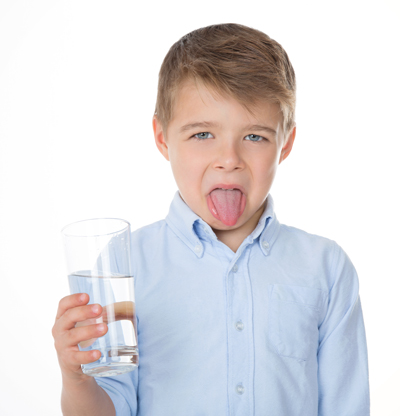How To Remove Excess Chlorine From Drinking Water

Standard Carbon Filters such as Granular Activated Carbon GAC or Carbon Block can eliminate chlorine from drinking water.
How to remove excess chlorine from drinking water. Research shows that chloramine and chlorine both have benefits and drawbacks. Because chlorine keeps water clean as it travels to our homes it cant be removed from water after disinfection. The latest technology allows carbon to bind effectively to chlorine to prevent it from entering your home.
Activated carbon filters are mainly used when water is contaminated with organic chemicals and for removing chlorine taste and odor. How to Remove Chlorine From Drinking Water. There should be no more than 4ppm mgL of chlorine in drinking water.
It means they scatter in the water. Ideally there would be zero chlorine in drinking water but the benefits still out-weigh the dangers. Activated carbon filtration is considered one of the best methods of removing chlorine from water but you cant actually use this technique for filtering chloramine.
On a day-to-day basis boiling water for drinking water is generally not feasible. Chlorine is a highly effective method of disinfection. You can remove chlorine from your tap water by using a Granular Activated Carbon GAC filter that will absorb and trap most natural organic compounds tastes odors and synthetic organic.
And repeat it for at least 10 times to removes all the chlorine from water. Berkey Water Filters can remove. But removing this chemical from your water prior to drinking is harmless if youre storing it in a clean container or drinking it immediately.
Let me dig deeper and explain each of these methods in detail. One of the best ways to remove chlorine from your homes water and prevent chlorine side effects is to use carbon. Check the water closet in the back of toilets as this is a common place for bacteria to multiply.


